However, while sustainable and planet-friendly, the X30 is not easily repairable, certainly not as easily as the Fairphone 4 for example, the Dutch company's latest smartphone, or any other previous model from the same brand.
During our chat with Arthur Guillaumee from Fairphone, we learned more about the company's history, how Fairphone models are made and how many people bought these retro-modern devices.
The beginnings of Fairphone
"The goal of Fairphone is not only to release a phone which is modular, it is to develop phones that last longer. For this, you need the repairability, the modularity of the phone, the software support, but also the specs that can definitely keep up with the time", Arthur told us.
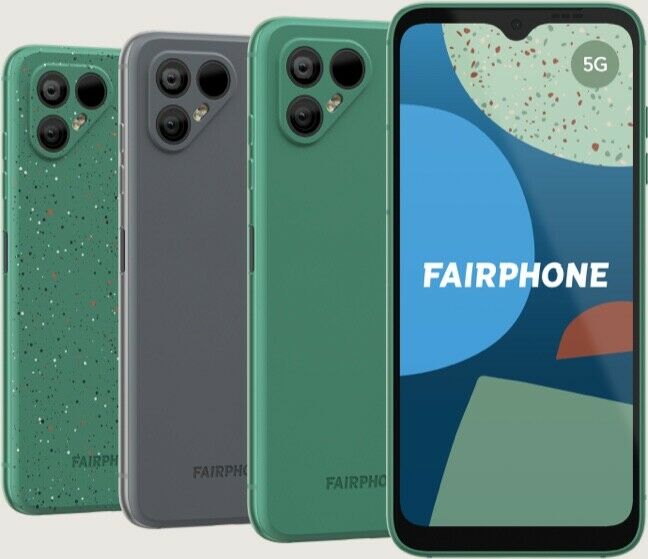
Despite the company being founded in 2013, its story begins three years earlier, in 2010, as a project of Waag Society, Action Aid and Schrijf-Schrijf. The aim was to raise awareness of the fact that the components used in smartphones are developed from mined minerals that can have a disruptive effect on local societies and economies.
Bas van Abel, Fairphone's founder, began his company in 2013 in order to "show that something new is possible, by creating awareness, setting Fairphone as an example and motivating the phone industry to do the same", Arthur shared with us.
The company's sustainability-focused mindset and the devices it released so far were found appealing by many customers, ensuring that Fairphone is constantly growing. So far, he told us that over 500.000 Fairphone units have been sold to customers since the first model and until the fourth and current iteration.
Fairphone's Account Manager told us that "we are growing, there are more people involved in this sustainability mindset, so the possibility to pay a bit more to own a phone which lasts longer, but especially which is in link with the planet and with the people."
The challenges of developing a repairable phone
When it comes to developing a repairable smartphone, there are multiple challenges to overcome, especially since that device should also be fair and sustainable.
"If we want to make sustainable phones, we need to work with great partners that can provide great materials... and then we need to develop the modular phone."
We learned that modular phones are not like a classic device and they need to be developed and manufactured in a specific way, which will allow them to be easily serviceable and repaired by the end user.
Currently, Fairphone models are only available in select European markets, mostly on the western side of the continent, but Arthur told us that the company plans to extend to other countries in the region and reach other continents, as well.
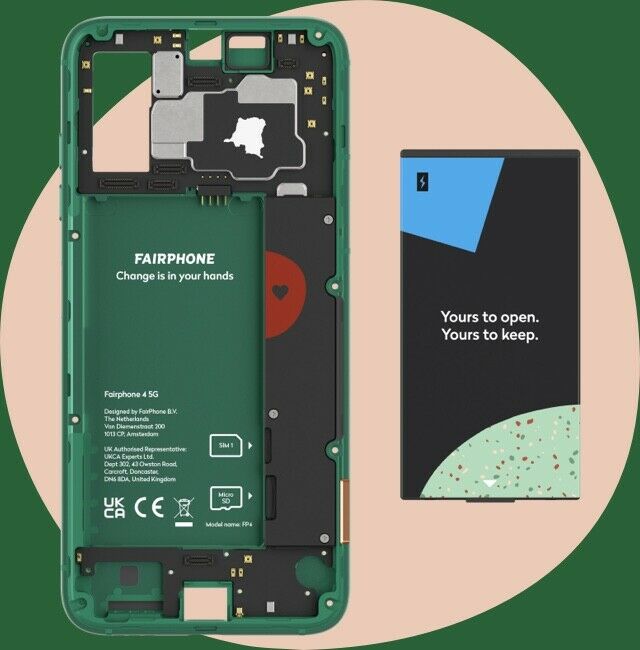
"We are still focusing on our main markets in western Europe, we are thinking about potential developments somewhere else than in western Europe, but it's still a working project", we were told.
So, for those looking to own a more sustainable and repairable phone in the future, Fairphone should eventually reach your market.
When they will hit the shelves in your country, you will be able to enjoy five years of software support, but while this is the official commitment, Fairphone can extend this support further, like it did with the Fairphone 2, which received some eight years of software support.
Arthur told us that "if it's possible to do longer support, we will do it, because in our mind, the full story of Fairphone is really to say that if your phone works well, keep it. If you need a new phone because the old one is broken, now you can think about changing."
Also, with regards to spare parts, it's still easy to find them on the official website, even for older models, such as the Fairphone 2, although, of course, as more years pass by, screens, back covers and even batteries will be harder to get your hands on.
We were also told that in 80% of cases, the parts that are most often replaced in modern smartphones are the screen, the back cover and the battery.
Keep your phone for longer
One problem with the current smartphone market is that so many models are being pumped every year and, despite upgrades being smaller and smaller, some people still find the need to upgrade their phones every year or two. Arthur believes that, while the average time of a user holding on to a phone is currently two years and going for three, there are three main reasons why people replace their mobile devices.
"One, the phone is broken, so we have a problem, but that's not the majority of the cases. Secondly, software obsolescence, which is not in the majority of the cases either and last one is perceived obsolescence."
When it comes to the French market at least, but this can probably be seen in other markets, too, more or less, Arthur shared that around 88% of the phones that are given back by the users for recycling or refurbishing are still working fine.
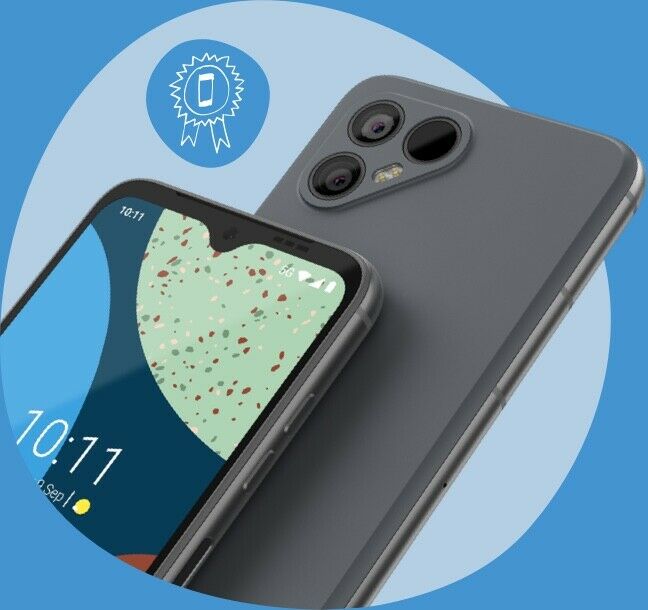
"This means that clients could still use it, but they want a change", he told us.
Phones like the Fairphone 4 could help some people get more out of their smartphones in a few ways, one of them being the ease of replacing a degraded battery.
With a 3.905mAh battery, the Dutch company's latest phone isn't exactly a battery powerhouse, but by what it may lack in screen on time compared to a phone equipped with a 5.000mAh cell, it certainly makes up for in battery-replacement.
For those remembering old Nokia smartphones, the Fairphone 4 is a trip back to the early times of mobile phones.
No screws or manual are required to replace the battery on this phone, just pop the back panel with your hands and remove the old battery, making room for the new one. Put the back panel on and boom, you are back with a fresh cell to serve you another few years.
Should all phones be like this, battery degradation probably won't even be much of a problem at all, because you can just order a new one and you can recycle the old unit, helping the planet in the process.
It's not just the battery, as the Fairphone 4's screen, charging port and speaker can also be replaced fairly easily in a matter of 15 minutes or so using a small screwdriver.
Over 100.000 phones recycled so far
Since the launch of the Fairphone 4, in November 2021, the Dutch smartphone manufacturer promised to recycle one smartphone for each Fairphone 4 unit that it sold. Arthur shared with us that this promise so far led to the recycling of about 105.000 smartphones, which means that important materials have been recovered and these phones were recirculated into the value chain.
Also, compared to the Fairphone 3, the fourth iteration improved on quite a few parts, bringing a more modern design, a more up-to-date screen size and aspect ratio and better internal specifications.
Arthur told us that all these improvements were in part due to the company's own development, but also due to what previous customers have asked for.
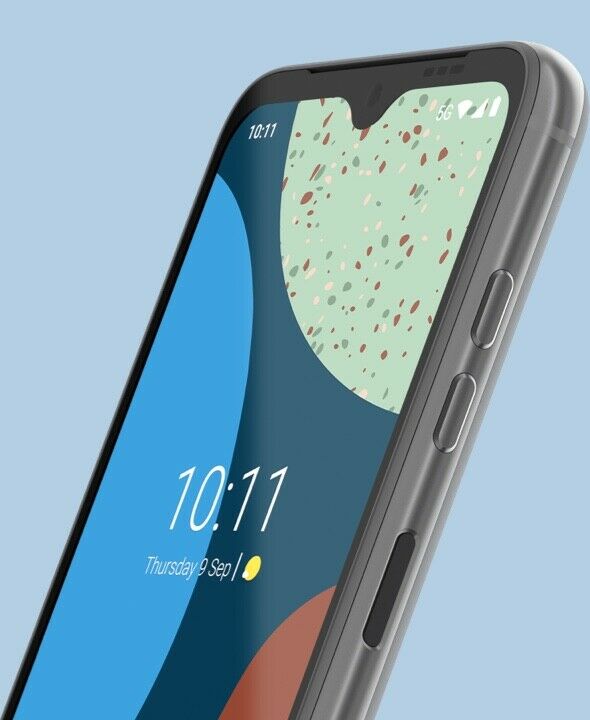
"When we develop a phone, we do some studies, we try also to develop better phones that you can keep for as long as possible, we cannot release today a phone with 2GB of RAM, it will not last long enough", the Fairphone representative told us.
Starting 2023 with a 49 million euro investment and future plans
Just before the beginning of February, Fairphone officials announced that the company received a 49 million euro investment from the likes of ABN AMRO Sustainable Impact Fund and others.
Some of that money will go towards "enabling Fairphone to accelerate growth and scale impact while pursuing its impact-driven mission towards fairer electronics."
When it comes to future plans for the company, Arthur told us that one of them is improving the recognition in the main markets where it currently sells its phones, getting more people to hop on the sustainability train.
Photo source: Fairphone
 Mihai - Cristian Ioniță
Mihai - Cristian Ioniță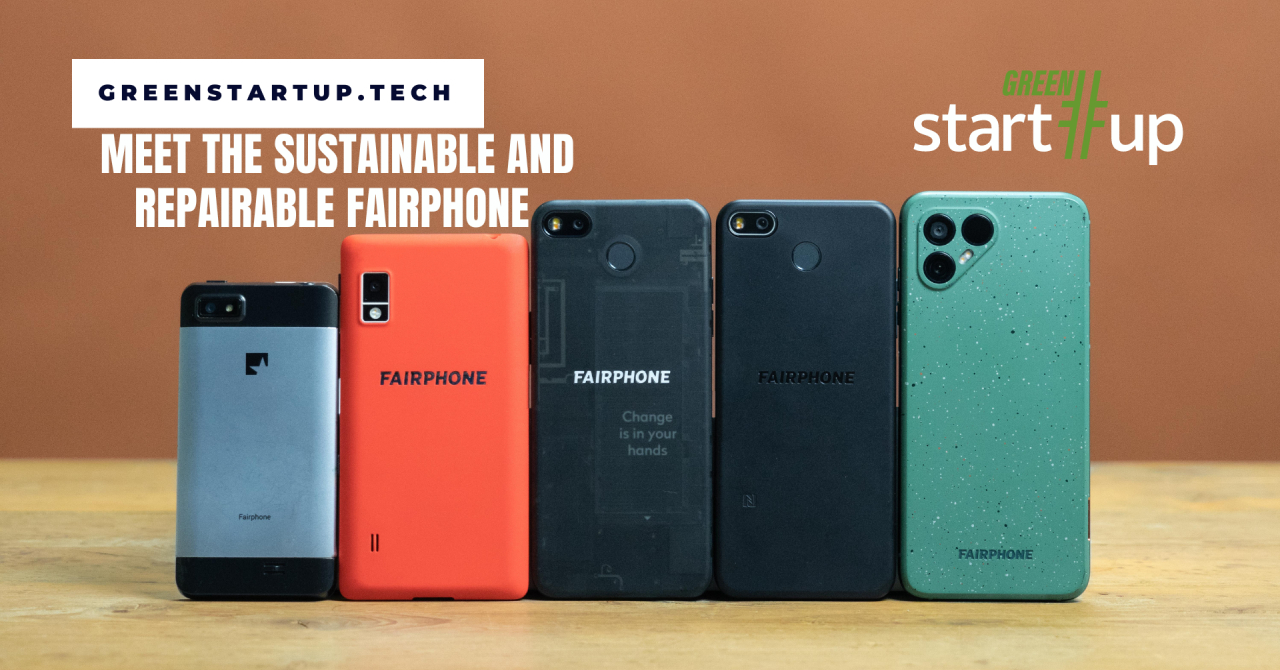

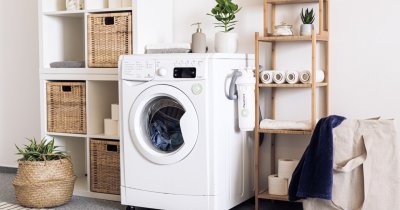





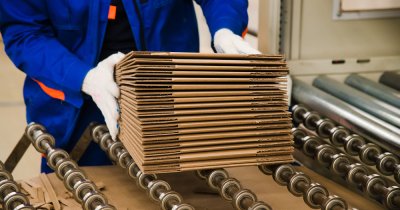




Any thoughts?